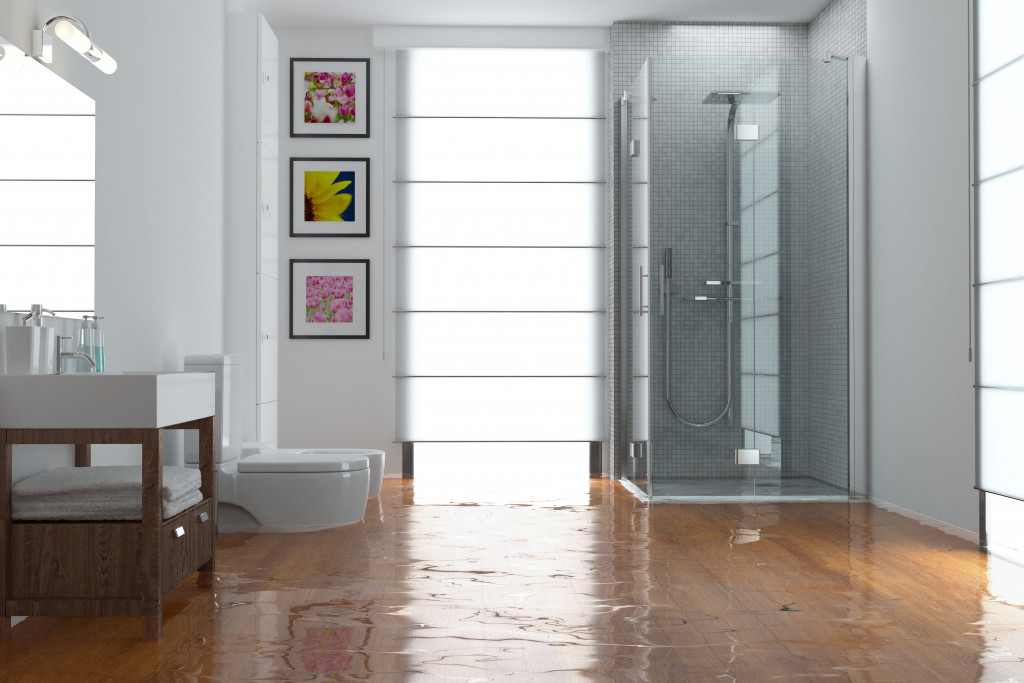Your house is one of your life’s biggest investments. Whether you had new construction or purchased a new property, your home is where you’ll most probably stay for good. For the most part, it is where you’ll start a family, create your life, and carve your future.
As much as possible, you have to keep your house in top shape and working conditions. That’s where regular property inspection, maintenance, and repair come into the picture. While it can get subject to wear and tear over time, there are a few steps you can take to protect your residential property.
That said, here’s how to protect your house from potential damage:
1. Seal your doors and windows
When it comes to home maintenance, start with your doors and windows. Why? They are your property’s entry points, where outdoor elements can get in. For instance, the sun’s heat and radiation can penetrate your house and damage your furniture and furnishings.
In addition, mildew and mold spores can enter your house through these openings and ruin organic materials and your house parts. Even pests such as rodents and critters can get in through holes and small cracks. Hence, make sure to secure your doors and windows and caulk any gap or opening.
2. Inspect your plumbing system for water leaks
The plumbing system plays a vital role in your residential property. Not only does it properly dispose of wastewater, but it also distributes the water supply. But if left unattended, it can be a source of water leaks.
As you may be aware, water leaks can lead to all sorts of property damage. Hence, be sure to address any leak, whether dripping faucets, cracked pipes, or leaky plumbing fixtures.
3. Have a sump pump installed
As a homeowner, it’s best to invest in a sump pump. This submersible device helps remove water accumulated in a basin. It usually gets installed in the basement or crawlspace to prevent flooding.
During heavy rainfall, the lowest part of your house can get flooded and lead to water damage. To prevent this from happening, installing a sump pump can be your best course of action. If it has worn out, consider getting a sump pump repair.
4. Fix or install new siding
It’s crucial to protect your exterior walls to prevent outdoor elements from penetrating your property. For instance, rain can leak into your house and cause significant damage.
That’s why many homeowners consider installing new siding with robust materials. They do so not only for aesthetics but for house protection as well. If you already have a house siding in place, consider fixing any damage so that it continues to serve its primary purpose.

5. Repair your roofing system
The roofing system sits on top of your residential property for protection. Made of durable materials, it can withstand harsh outdoor elements and endure the test of time. However, it can be subject to wear and tear in the long run.
Chances are, you’ll start seeing holed, curled, displaced, and missing shingles. If that’s the case, your roof won’t be able to protect your house. For this reason, be sure to inspect your roof and fix any damage.
6. Clean your gutter
Apart from your roof, it’s crucial not to ignore your gutter system. The gutter serves to collect rainwater and directs it to the proper drainage. Its function is to prevent water leaks and dispose of rainwater away from the house foundation.
The problem starts when the gutter has a buildup of leaves, nests, and even pests. When clogged, it won’t be able to hold rainwater. That’s why it’s vital to clean your gutter system regularly. While at it, consider having a leaf gutter protection installation.
7. Cut surrounding trees
Surrounding trees are beneficial in your residential property. They provide fresh air, offer some shade, and boost your property’s curb appeal. But not maintaining your trees can lead to property damage.
Trees’ leaves, twigs, and branches can hit your roof, gutter, and siding. They can even compromise the safety of the whole household during a storm. For this reason, be sure to prune your trees. Also, hire an arborist for safe tree removal and cutting diseased and dead limbs.
At this point, you now know how to protect your home. Be sure to follow some of the home maintenance steps recommended above, from sealing your doors and windows to cutting your surrounding trees. By doing so, you can prevent potential damage to your residential property. Ultimately, you’ll keep your house in top shape and condition for the benefit of the whole household.

